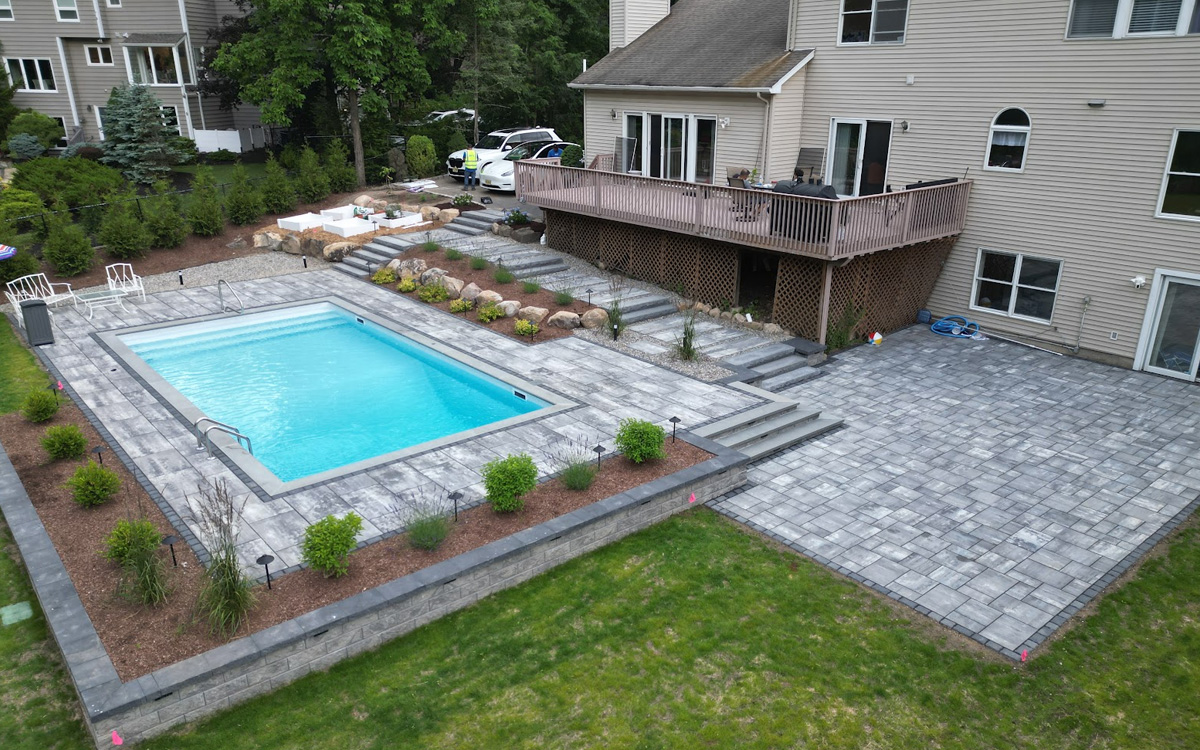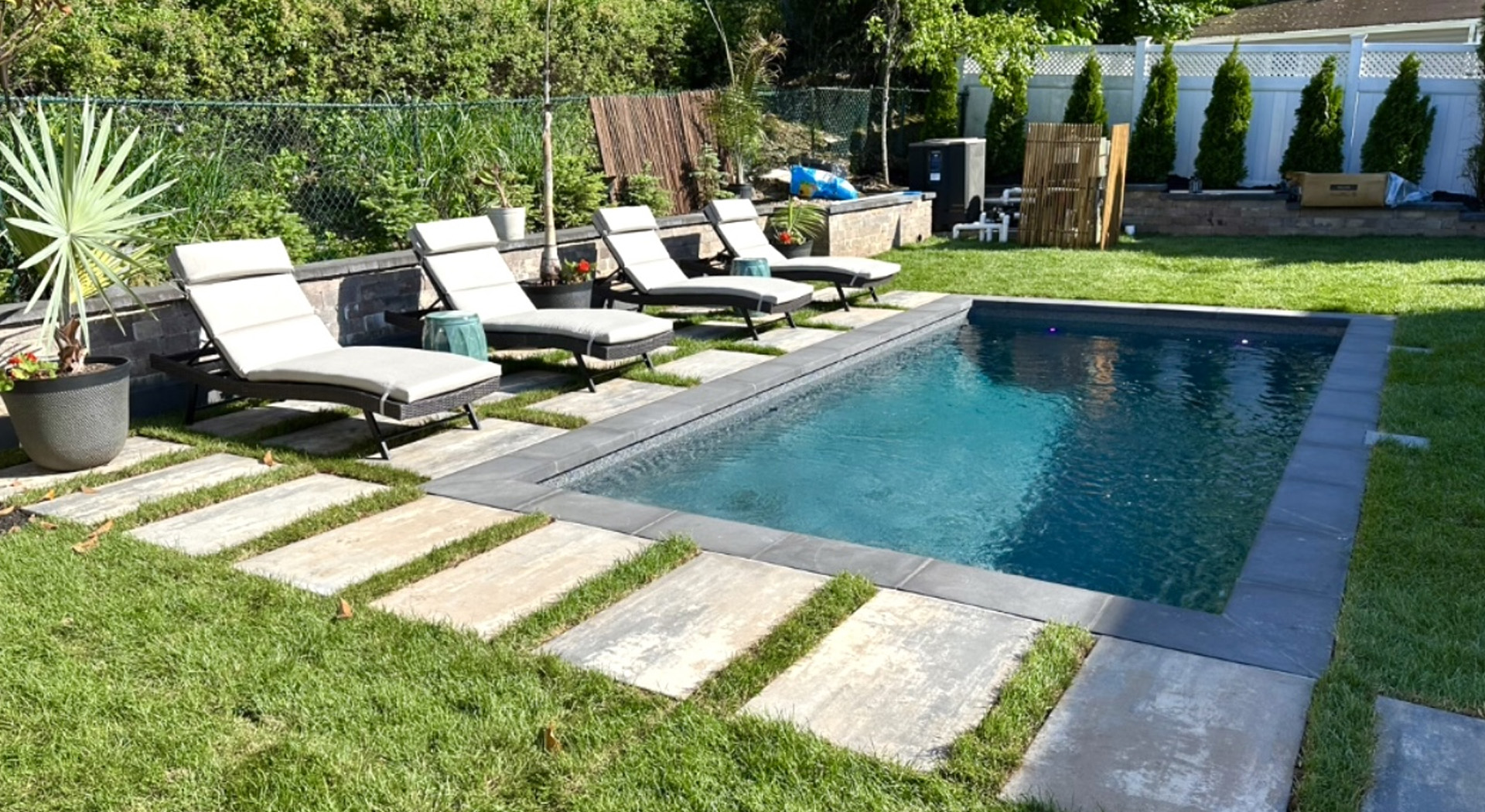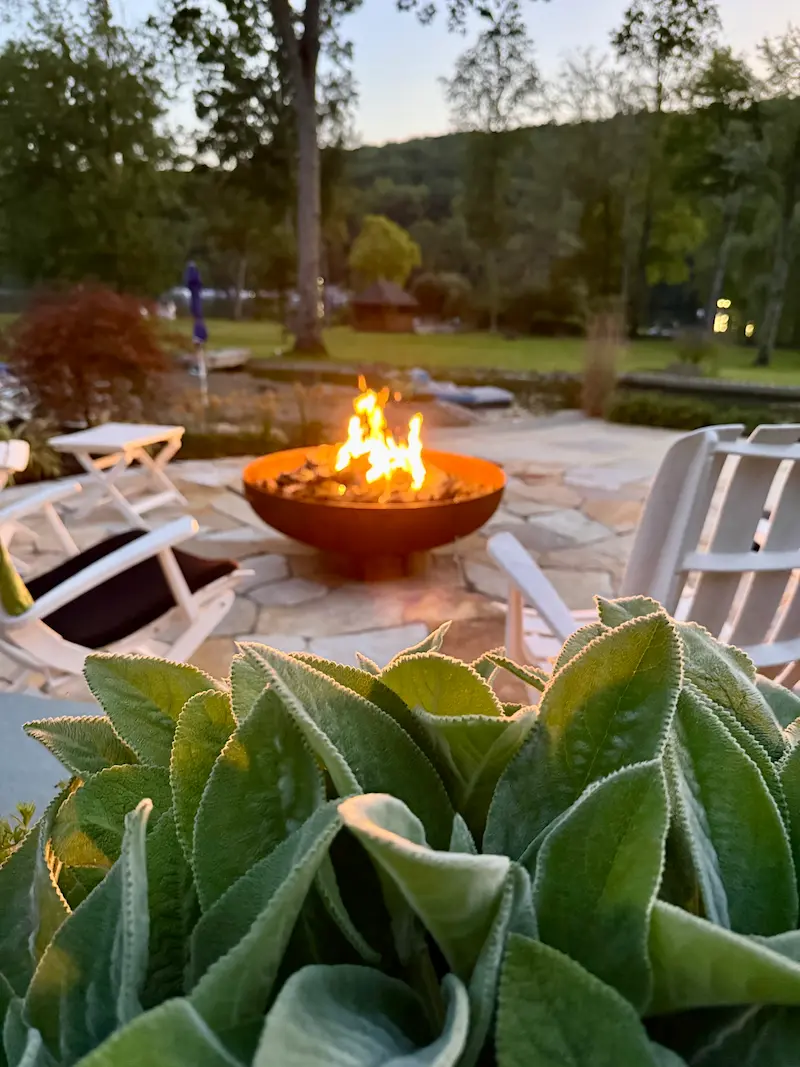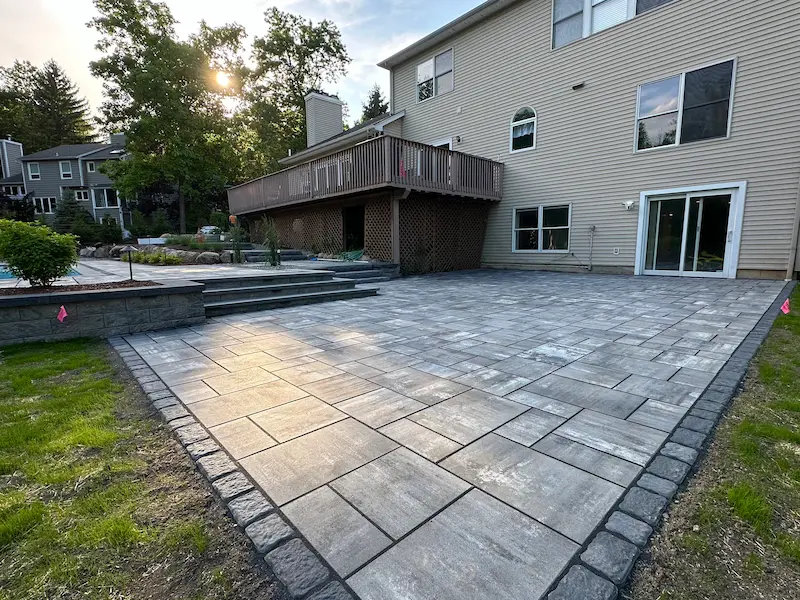Transform Your Yard with Expert Landscaping Solutions
Your home is your retreat, and a beautifully landscaped yard can transform it into a true haven. Whether you’re a homeowner seeking to enhance your outdoor space, a landscaper tackling client projects, or a garden enthusiast looking for your next challenge. Understanding how to solve common landscaping issues is key to achieving stunning results. In this blog post we’ll provide expert advice on identifying and addressing common problems like poor drainage, weed and pest control, soil quality improvement, and selecting drought-resistant plants. We’ll also share real-life success stories and valuable resources to help you get the most out of your landscape.

The Value of a Well-Maintained Landscape
A well-maintained landscape does more than just elevate your home’s curb appeal. It creates a welcoming environment, provides a space for relaxation and entertainment, and can even increase your property’s value. For landscapers and garden enthusiasts, mastering the art of landscaping allows you to create beautiful, functional outdoor spaces that bring joy to clients and personal satisfaction.
Achieving and maintaining a stunning landscape is not without its challenges. From battling weeds and pests to dealing with poor soil quality and drainage issues, the hurdles can be daunting. But fear not! With the right knowledge and expert advice, you can overcome these obstacles and create the landscape of your dreams.
Common Landscaping Issues
Before we dive into solutions, let’s take a look at some of the most common landscaping issues faced by homeowners and professionals alike:
- Poor drainage and soggy lawns
- Weed and pest infestations
- Subpar soil quality
- Difficulty in selecting the right plants for the climate
These problems can hinder the growth and appearance of your plants, making your landscape less attractive and enjoyable. Plants may start to wilt, lose their vibrant color, or become prone to diseases, detracting from the overall beauty of your garden. Fortunately, there are effective strategies to address each of these issues, such as proper watering, fertilization, pest control, and regular maintenance, ensuring your landscape remains lush and beautiful.
Expert Advice on Poor Drainage and Soggy Lawns
Identifying Poor Drainage
Poor drainage can lead to soggy lawns, waterlogged plants, and even structural damage to your property. When water doesn’t drain properly, it can accumulate, resulting in a variety of issues. Common signs of poor drainage include pools of standing water that linger long after a rainstorm, muddy patches that never seem to dry, and areas where grass and plants struggle to thrive despite your best efforts. Over time, these conditions can cause soil erosion, damage plant roots, and even compromise the foundation of your home or building. Addressing drainage problems early can help prevent these potentially costly and damaging effects.
Solutions for Improving Drainage
- Aerate Your Lawn: Aeration involves perforating the soil with small holes to allow air, water, and nutrients to penetrate the grass roots. This helps alleviate compacted soil and improves drainage.
- Install a French Drain: A French drain is a trench filled with gravel or rock containing a perforated pipe that redirects surface and groundwater away from an area. This solution is particularly effective for larger drainage problems.
- Create a Rain Garden: Planting a rain garden with water-tolerant plants can help absorb excess water and reduce runoff. Choose native plants that thrive in wet conditions for the best results.
Expert Advice on Weed and Pest Control
Identifying Weed and Pest Problems
Weeds and pests can quickly take over a landscape, choking out desirable plants and damaging your lawn. They tend to spread rapidly, often outcompeting the plants you want to keep. Common signs include discolored or chewed leaves, stunted plant growth, and the presence of insects or larvae. Additionally, you might notice wilting, unusual spots or patches in your lawn, or even areas where plants fail to grow altogether. Addressing these issues promptly and effectively is crucial to maintaining a healthy and vibrant landscape.
Solutions for Weed and Pest Control
- Mulching: Applying a layer of mulch around your plants can suppress weed growth and retain soil moisture. Organic mulches like wood chips or straw also improve soil quality as they decompose.
- Integrated Pest Management (IPM): IPM involves using a combination of biological, cultural, and chemical methods to manage pests. This approach minimizes the use of harmful pesticides and promotes a healthy ecosystem.
- Manual Removal: Regularly inspect your garden and manually remove weeds and pests. This hands-on approach can be effective, especially for small infestations.
Expert Advice on Soil Quality Improvement
Assessing Soil Quality

Healthy soil is the foundation of a thriving landscape, providing essential nutrients and a stable environment for plants to grow. Poor soil quality can lead to weak, malnourished plants that are more susceptible to diseases and pests. To ensure your soil is in optimal condition, it’s important to conduct a soil test. This test will determine its pH level, nutrient content, and composition, giving you the information needed to make necessary amendments and create the best possible growing conditions for your plants.
Solutions for Improving Soil Quality
- Organic Amendments: Incorporate organic materials like compost, manure, or leaf mold into your soil to improve its structure and fertility. These amendments enhance soil aeration, water retention, and microbial activity.
- Cover Crops: Planting cover crops, such as clover or rye, helps prevent soil erosion, suppress weeds, and add organic matter to the soil when turned under.
- pH Adjustment: Depending on your soil test results, you may need to adjust the pH level. Lime can be added to raise pH, while sulfur can lower it. Aim for a neutral pH of around 6.5-7.0 for most plants.
Expert Advice on Selecting Drought-Resistant Plants
Understanding Drought-Resistant Plants
In regions prone to drought or water restrictions, choosing drought-resistant plants is essential for a sustainable landscape. These plants are specifically adapted to survive with minimal water, and their ability to thrive in challenging conditions makes them ideal for such environments. By selecting these resilient species, homeowners and gardeners can reduce their water usage significantly, which not only conserves this precious resource but also lowers water bills. Additionally, drought-resistant plants often require less maintenance, saving time and effort while still providing a lush and vibrant landscape.
Solutions for Selecting the Right Plants
- Native Plants: Native plants are well-suited to the local climate and soil conditions. They require less water and maintenance compared to non-native species.
- Succulents and Cacti: These plants store water in their leaves, stems, or roots, making them highly drought-tolerant. Varieties like agave, aloe, and sedum are excellent choices.
- Drought-Tolerant Perennials: Perennials like lavender, yarrow, and coneflower can withstand dry conditions and provide long-lasting beauty to your landscape.
Our Conclusion
Achieving a stunning landscape requires more than just planting pretty flowers. By addressing common landscaping issues like poor drainage, weed and pest control, soil quality, and plant selection, you can create a thriving outdoor space that enhances your home and provides endless enjoyment.
If you’re ready to take your landscape to the next level, consider seeking professional help. Our team of experts can provide tailored solutions and guide you through every step of the process. Contact us today to learn more and start your landscaping transformation.
Relevant Sources and Tools
- USDA Plant Hardiness Zone Map
- [Integrated Pest Management (IPM) Principles](https://www.epa.gov/safepestcontrol/integrated-pest-management-ipm-principles)




